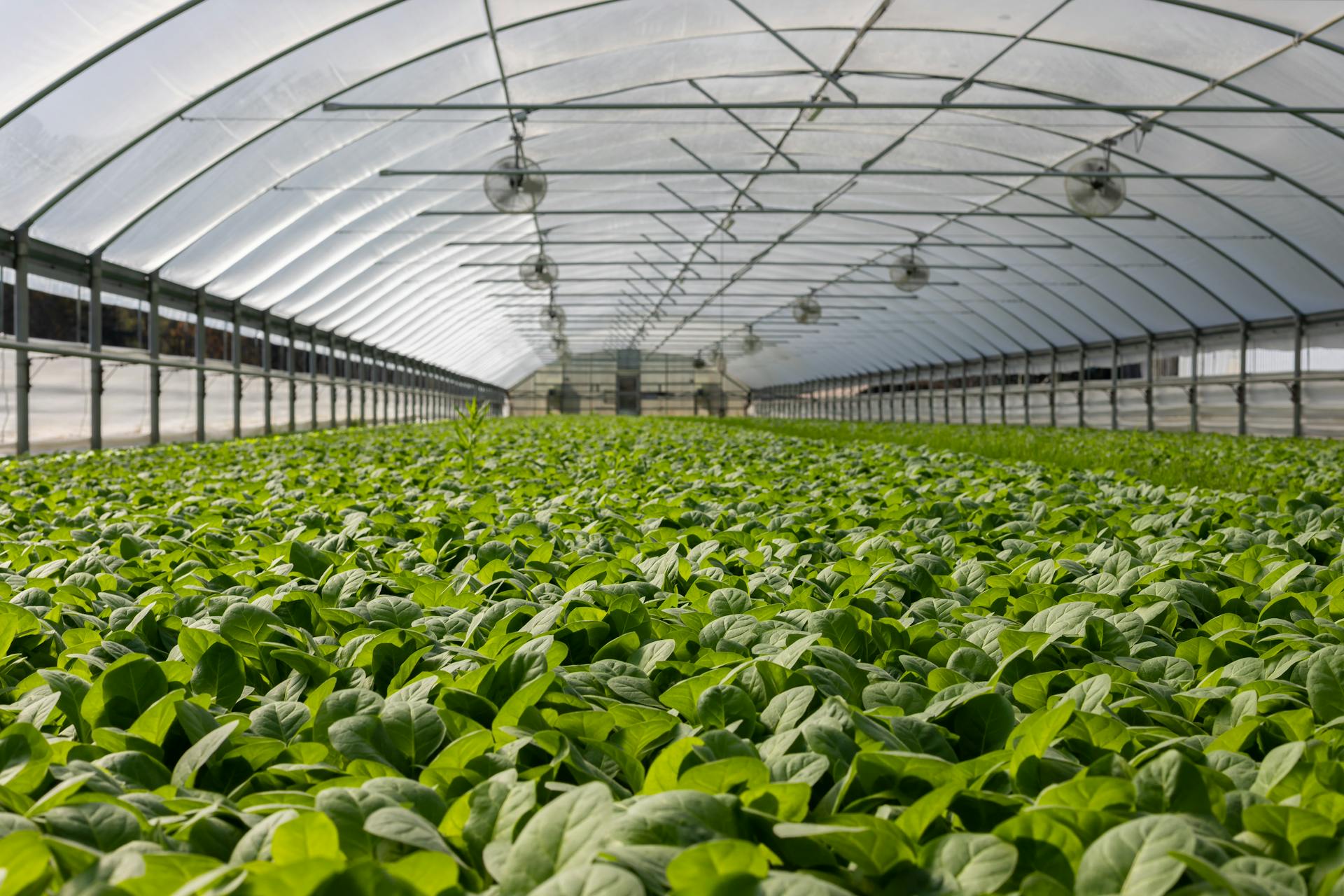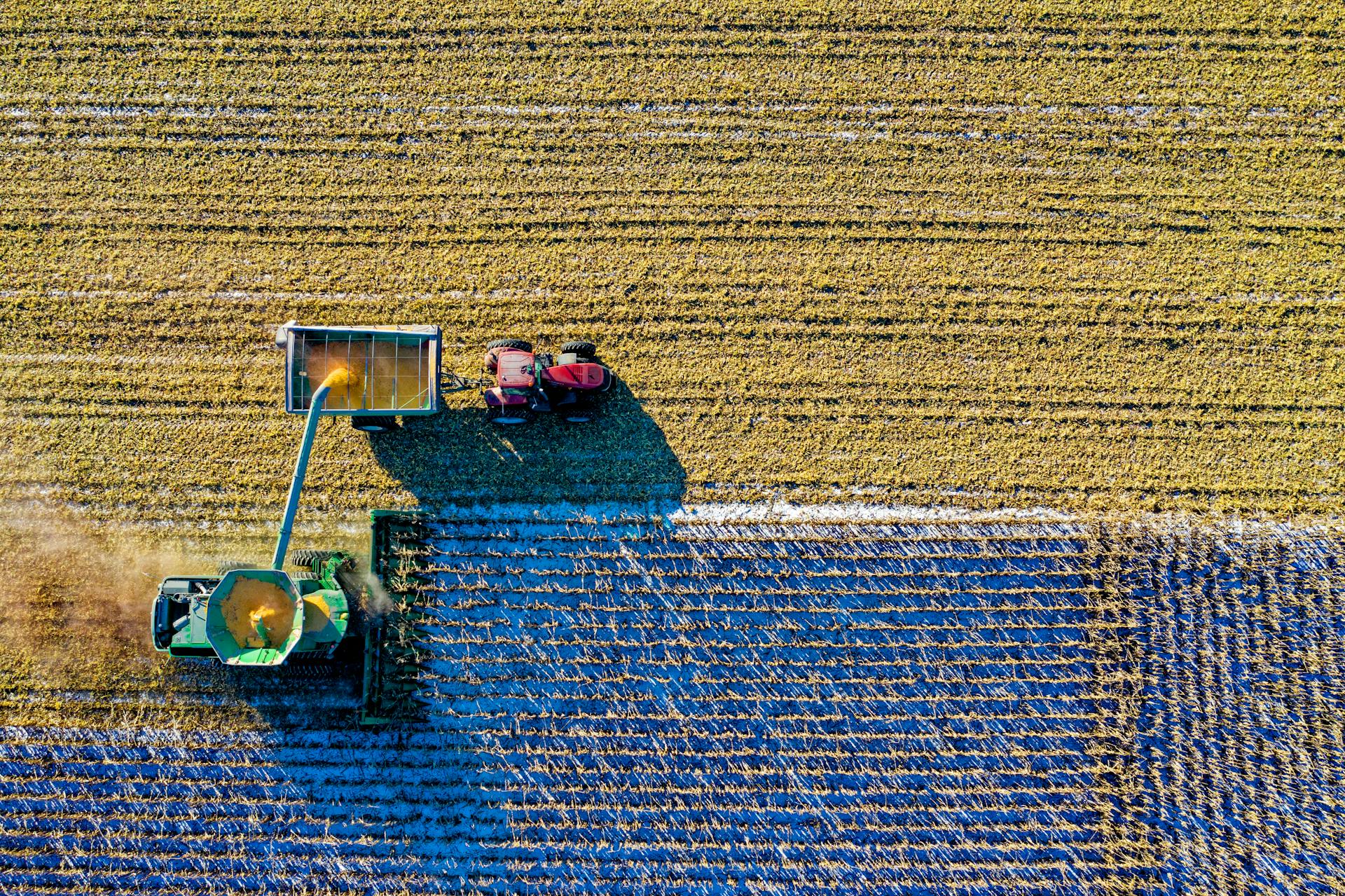Sustainable agriculture represents a key approach to some major global crises – food security, climate change, and environmental degradation. Boasting more efficient processes, vastly higher output, and much less waste, the blossoming smart agriculture/minority concept is truly proving itself to be a worthwhile investment that aims to radically capitalize on the advances in both agriculture and technology. In this paper, we explore recent advances in using various technologies in Sustainable Farming, as well as the results obtained from these innovative undertakings.
Precision agriculture
Precision agriculture has entered the mainstream enabling, farmers to use GPS data, sensors, and meters can determine the exact amount of life needed according to real on-field conditions. Data from soil sensors and weather forecasts help farmers optimize everything – from irrigation to the application of nutrients and plant protection products.
By helping to allocate the right amount of inputs in the right place at the right time, precision agriculture minimizes resource wastage, reduces reliance on agrochemicals, and boosts productivity by adding a double-digit percentage. Such data-driven approaches play a significant role in sustainable agriculture.
Internet of Things
IoT is transforming agriculture by offering real-time data on the numerous aspects of farming operations. Smart sensors placed in the fields can monitor soil moisture levels, track livestock movements, and detect equipment malfunctions.
Farmers can utilize this information to make their operations more coordinated and efficient, thus reducing resource consumption and increasing overall operational efficiency. As a result of real-time analysis, smart irrigation systems can save water by adjusting water consumption based on soil moisture, and reducing water usage which in turn, reduces the cost.
Drones in Agriculture
Drones have become very useful in the sustainable farming industry, enabling countless applications from crop monitoring to precision spraying. Equipped with a high-resolution camera and advanced sensor technology, drones deliver detailed images of fields, detecting crop stress, and assessing plant health.
The farmer is then able to take timely action to mitigate the effects of pest problems or nutrient deficiencies. Moreover, drones are also used for precision spraying, ensuring pesticides and fertilizers are applied directly where needed, with minimal impact on the environment.
Biotechnology
Biotechnology holds great promise to be an important factor in ensuring sustainable agricultural development. Techniques such as genetic modification and gene editing, specifically CRISPR, are used to create crops that can withstand pests, diseases, or difficult environmental conditions.
Genetically modified organisms (GMOs) that have been modified for such traits require lesser chemical inputs and can withstand harsh circumstances, thus reducing the need for massive land and water resources. Biotech has also been used to improve nutrition traits within crops, fighting malnutrition and bolstering food security.
Vertical Farming
Vertical farming is gaining ground in urban areas where space is at a premium, this novel approach involves growing crops in layers stacked vertically within a controlled indoor environment. By integrating LED lighting, hydroponic or aeroponic systems, and climate control technologies, vertical farms are capable of producing high yields of fresh produce with minimal water and real estate utilization.
Vertical farming can also reduce the distance between production and consumption, which lessens the environmental burden associated with transportation.
Robotics and Automation
Robots are automating laborious procedures on the farm, making agriculture ultimately more efficient and sustainable. Autonomous tractors, harvesters, and seeders can duplicate the same task with precision and speed, drastically minimizing manual labor.
Equipped with advanced sensors and AI algorithms, these machines are capable of traversing fields, identifying crops, and executing different farming tasks with minimal human intervention. Automation not only significantly increases productivity, but it also minimizes farming’s environmental impact by redistributing resources and limiting soil compaction.

New is Better in Implements
Cutting-edge tools in the field of agriculture are changing outdated farming methods and making them more efficient, eco-friendly, and profitable, all at once. Advanced smart farm tools such as the ones that rely on GPS like tractors and drones provide a much higher degree of monitoring and better space
Soil degradation and water scarcity also continue to threaten our farming landscape and supply, necessitating a never-ending cycle of innovation and sustainable practices to ensure a future solution to these problems. The clear solution for reality bias-augmented utilization by bringing in airless irrigation, and going that step further in using airless irrigation tires, can make it so much easier for any farmer. This can then in this way additionally enable huls to interact with the implanted characters and parts to make a powerful dream reality!
Sustainable Pest Management
Technological advancements are also revolutionizing the pest management world, settling various minor and major problems generation after generation from fruit flies to cockroaches and from rust diseases to mildews. IPM strategies are for the most part integrated pest management (IPM) treatments and integrated pest control (IPC) treatments which involve the use of biological, cultural, and chemical procedures for pest control on an environmentally friendly network of activities.
High-resolution imagery collected from satellite images and unmanned aerial vehicles (UAVs) provide timely and accurate pest creep data, to help the content provider identify and provide targeted pest treatments. The introduction of biocontrol organisms, or using biopesticides takes away the necessity of synthetic chemicals and promotes a better ecosystem.
Blockchain Technology
The blockchain provides a secure and immutable record of the way from farm to table by recording transactions and the movement of products on a decentralized ledger. This transparency is valuable to confirm the legitimacy of organic and sustainably produced goods and allows consumers to make informed choices. Additionally, blockchain can automate and optimize processes throughout the supply chain, cutting waste and increasing efficiencies.
Renewable Energy Integration
Renewable energy sources – such as solar, wind, and bioenergy – are replacing fossil fuels in the power sector and are doing so at rates and on scales once thought impossible.
Solar panels, wind turbines, and bioenergy systems provide on-demand renewable power for irrigation, machinery, and other on-farm applications. The usage of renewable energy also reduces greenhouse gas emissions and operational costs, contributing to sustainable farming practices over the long run.
In conclusion, current advancements in the field of agri-food are playing a major role in securing an eco-friendly and efficient agriculture sector. Precision agriculture, IoT, drones, biotechnology, vertical farming, robotics, AI, sustainable pest management, blockchain, and renewable energy are some of the transformative technologies that will help in this metamorphosis. With the latest breakthroughs, the Future of farming keeps promising for the farming industry resulting in more hopes to combat the population increase by repairing major damages the world and humans have made on planet Earth as a home.
